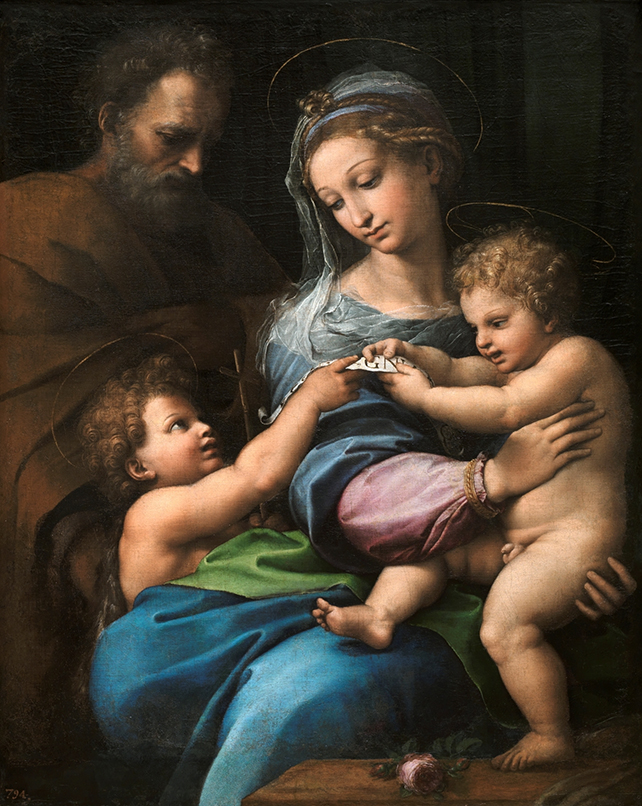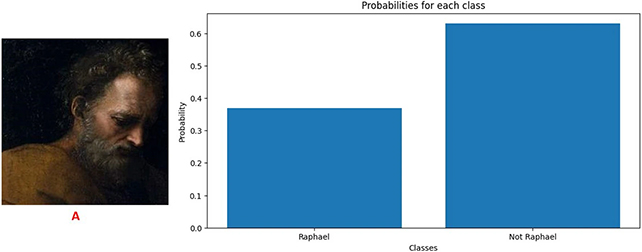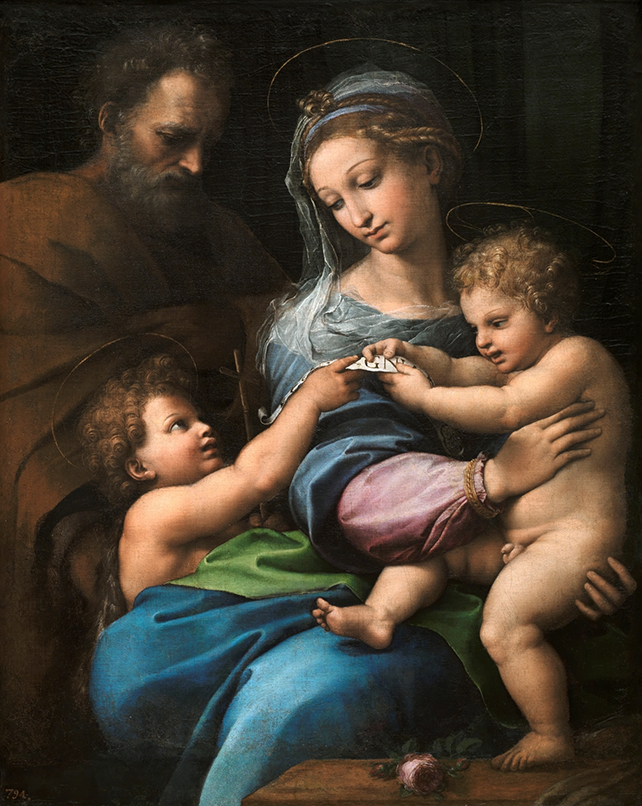AI Analysis Questions Raphael’s Authorship in Famous Painting
Artificial intelligence has detected an unusual detail in Raphael’s renowned painting, Madonna della Rosa. An AI neural network identified that the face of St Joseph in the top left of the painting may not have been painted by Raphael. This discovery has reignited the long-standing debate among scholars about the painting’s authenticity.

The Madonna della Rosa, painted between 1518 and 1520, has been a subject of controversy since the mid-1800s when art critics first suspected that Raphael might not have created the entire artwork. Researchers from the UK and US developed a custom AI algorithm trained on authenticated Raphael paintings to analyze the brushwork, color palette, and shading in Madonna della Rosa.
The AI analysis revealed that while the faces of the Madonna, the Child, and St John were likely painted by Raphael, St Joseph’s face showed different characteristics. This finding aligns with previous observations that St Joseph’s face appears less skillfully executed than the other faces in the painting.

The research team, led by mathematician and computer scientist Hassan Ugail from the University of Bradford, used a modified version of Microsoft’s ResNet50 architecture combined with a Support Vector Machine. This method has previously demonstrated a 98% accuracy rate in identifying Raphael’s works.
While the AI analysis suggests that Raphael may not have painted St Joseph’s face, it doesn’t definitively attribute it to another artist. Giulio Romano, one of Raphael’s pupils, is a possible candidate, but further research is needed to confirm this.
This study highlights the potential of AI as a tool in art authentication. While it’s not intended to replace human experts, AI can provide valuable insights that complement traditional methods of analysis. The research was published in the journal Heritage Science and demonstrates how modern technology can reveal new secrets about classic paintings.


